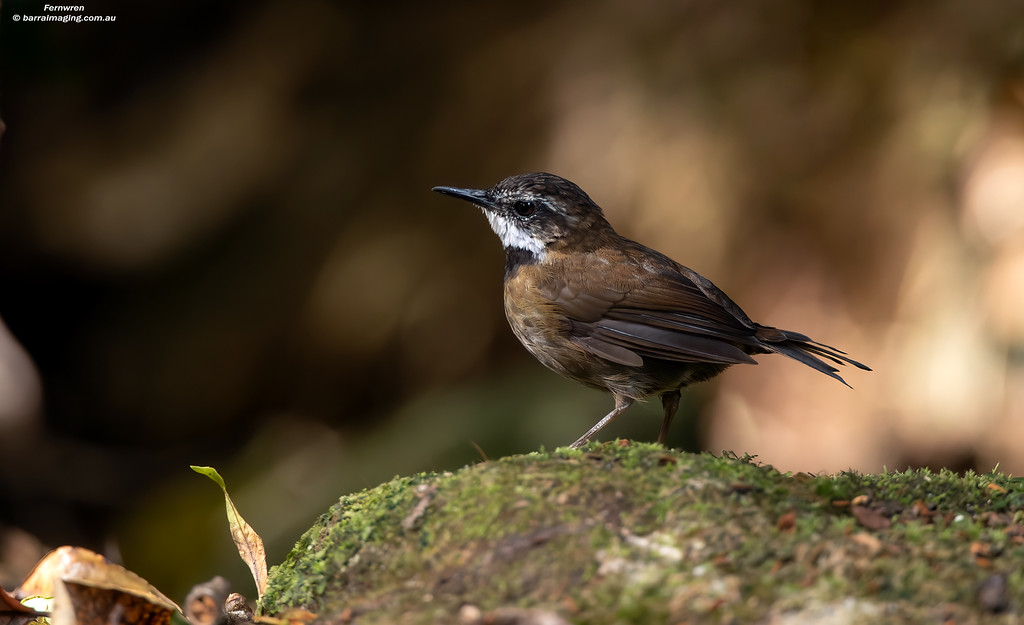Australian Fernwren (Crateroscelis gutturalis) foraging habitat is the litter of the forest floor under upland rainforests in northeastern Queensland. The small birds spend most of their time on the ground. As they hop quietly about, feeding on insects, spiders, and snails, the birds work singly or in pairs.
Their long bill and partially sealed nostrils allow them to do this. While searching, they sometimes burrow under thick litter, and sometimes they follow behind chowchillas or scrubfowl, taking advantage of the freshly raked ground. Their tails are flicked and occasionally bowed as they travel.
During breeding season and maybe throughout the year, established pairs hold territory, as demonstrated by the males’ year-round singing from vantage perches in low shrubs. Foraging is done mostly on a one-to-one basis between the young and the adults.

This bird is also known as the Collared Scrubwren and Fernwren. The average size of Australian Fernwren is about 130–140 mm in length. Both sexes are similar, or you may have noticed that the female is slightly paler on the crown. All upper parts, wings, and tail are dark olive brown, darker on the crown; the forehead is speckled white.
There is a white eyebrow part of an eye ring and a gray throat; the rest of the face is olive-green. A large black crescent spans the upper breast; the rest of the underparts are olive-brown, with cream edges under the tail. The bill of a male is black with brown or golden eyes. Feet are flesh-brown in color.
During adulthood, the throat pattern becomes dull, grey-white, and brown, while the belly pattern becomes scalloped white. Charles Walter De Vis, a British zoologist and ornithologist, first described the fern in 1889 as Sericornis gutturalis, together with scrubwrens. As with three other mouse-warbler species found in New Guinea, it was later included in the genus Crateroscelis but later transferred to Oreoscopus (established by North in 1905).
